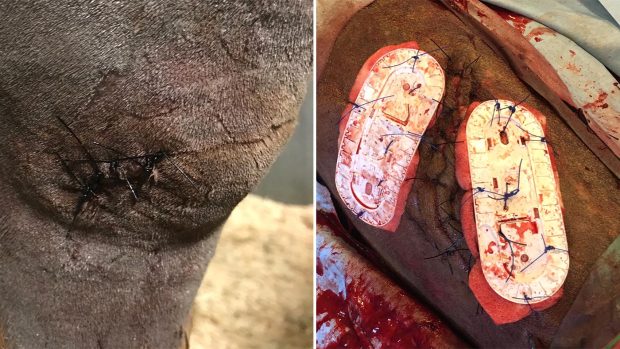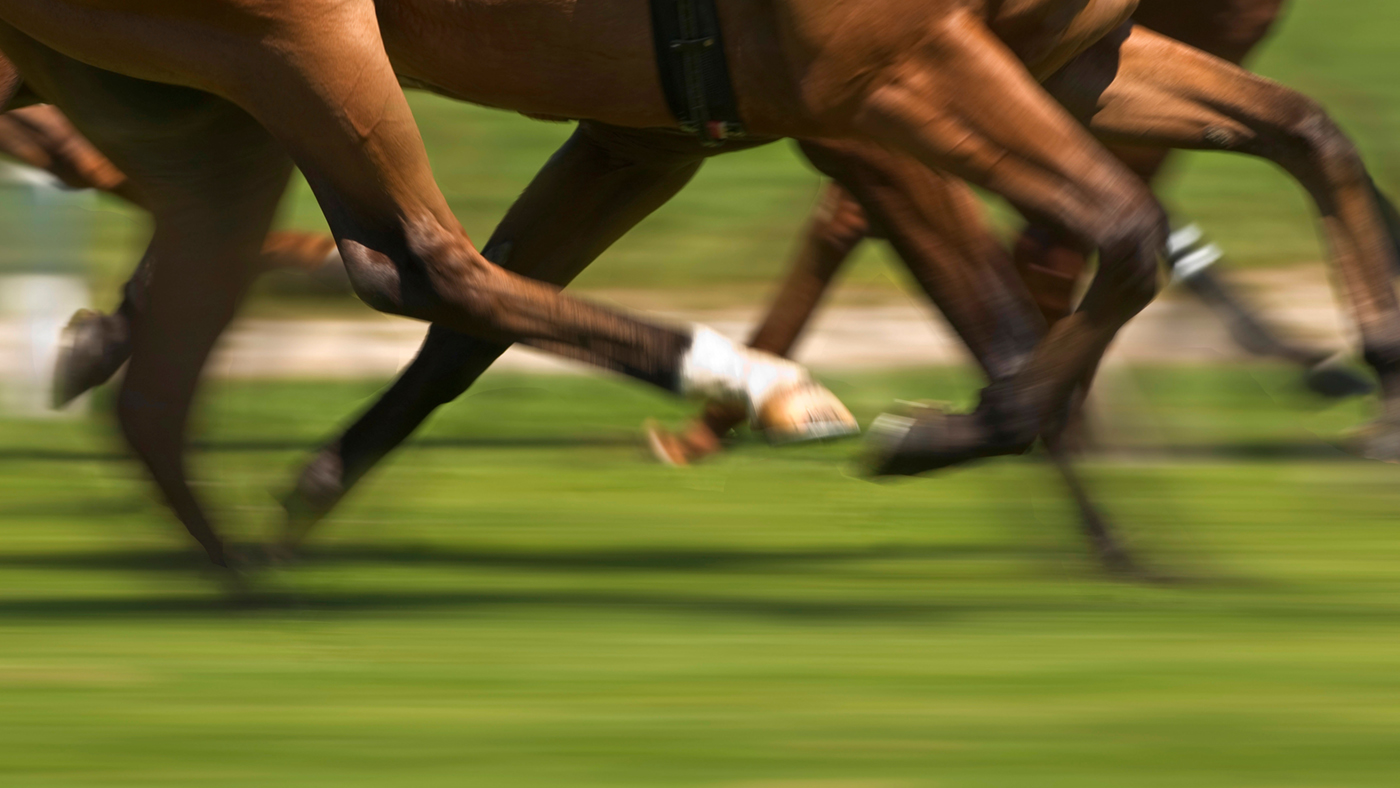Horses have long, relatively unprotected legs, with only a thin skin covering them. Often leg wounds heal relatively quickly, with an excellent cosmetic result. However, although these injuries may take months to heal, an unsightly blemish could remain.
A recent study in Holland has also shown that ponies with wounds on their lower limbs heal better than larger horses.The inside story
Below the horse’s hock and knee there is no underlying muscle, so any wound below those sites goes directly on to a bone, joint or tendon.
Underlying muscle is important in wound healing, as cells, which are needed to close the wound, come from the muscle itself. Wounds over big muscle masses on the upper limb heal relatively well, while wounds directly on to bone or tendon often heal slowly.
Fighting infection
Wounds on the lower leg can be full of dirt or bacteria, which will often lead to infection that slows or even stops healing. It is important that the area is cleaned meticulously – ask your vet about the best way to do this. Some traditional and widely-used remedies can often delay healing and should no longer be used.If the wound becomes infected, antibiotics will almost certainly be needed.
Foreign bodies
IT is not uncommon to find foreign material – such as tiny blackthorns or wood splinters – left in wounds. They should be identified and removed quickly. If they are left in, the wound will not heal and infection will persist. Your vet may take X-rays, or use diagnostic ultrasound to try to identify any foreign bodies.
Dead tissue
When a wound is present, there is considerable damage to the surrounding skin and underlying tissues and these injured tissues can lose their blood supply and die. Dead tissue attracts infection, so it has to be removed along with the weakened tissue. The process of removing such tissue is known as wound debridement. Your vet may do this surgically by cutting away the dead tissue; alternatively, it can be done using specialised ointments which can digest the dead tissue.If the bone forms a sequestrum – a fragment of dead bone that becomes separated from the surrounding bone – this can often delay healing. It can occur anywhere, but is common on the front of the cannon bone. An X-ray will show up a bone sequestrum. Some will resolve without treatment, but the majority require surgical removal of the infected fragment.
Movement delays healing. Wounds over joints can take months to heal, often with a poor cosmetic result.Examples include wounds to the horse’s heels, the front of the fetlock and hock, or overlying the tendons at the back of the leg. Your vet may attempt to immobilise the limb as much as possible using bandages. Casts to rigidly immobilise the leg for up to three weeks are now used frequently to treat severe wounds to the lower leg.
To stitch or not not to stitch
There is no doubt that if a wound can be sutured by your vet, then it heals rapidly in most cases. There are, though, a substantial number of wounds which cannot be stitched.These include:
- loss of too much skin so there is no base for the stitches
- the wound is too contaminated or infected
- there is going to be too much movement, leading to excess tension of stitches and failure of the repair.Wounds that are not sutured have to heal by producing granulation tissue (pink proud flesh), followed by skin healing over the top. The production of excess amounts of proud flesh and the failure of the skin to heal over the top often complicates healing in these cases.
Healing can be aided in such situations by keeping the granulation tissue under control, either by trimming it back surgically, the addition of caustic chemicals, or the use of steroid creams. For healing to continue, the proud flesh should be kept at a level which is lower than that of the surrounding skin.
In some cases, where there is a large wound present, yourvet may consider skin grafts to accelerate the healing. This is relatively straightforward and has a good success rate.
Another technique is not to suture a wound initially and leave it until all the infection and contamination have been removed.The vet will then suture the wound closed several days or weeks later.




